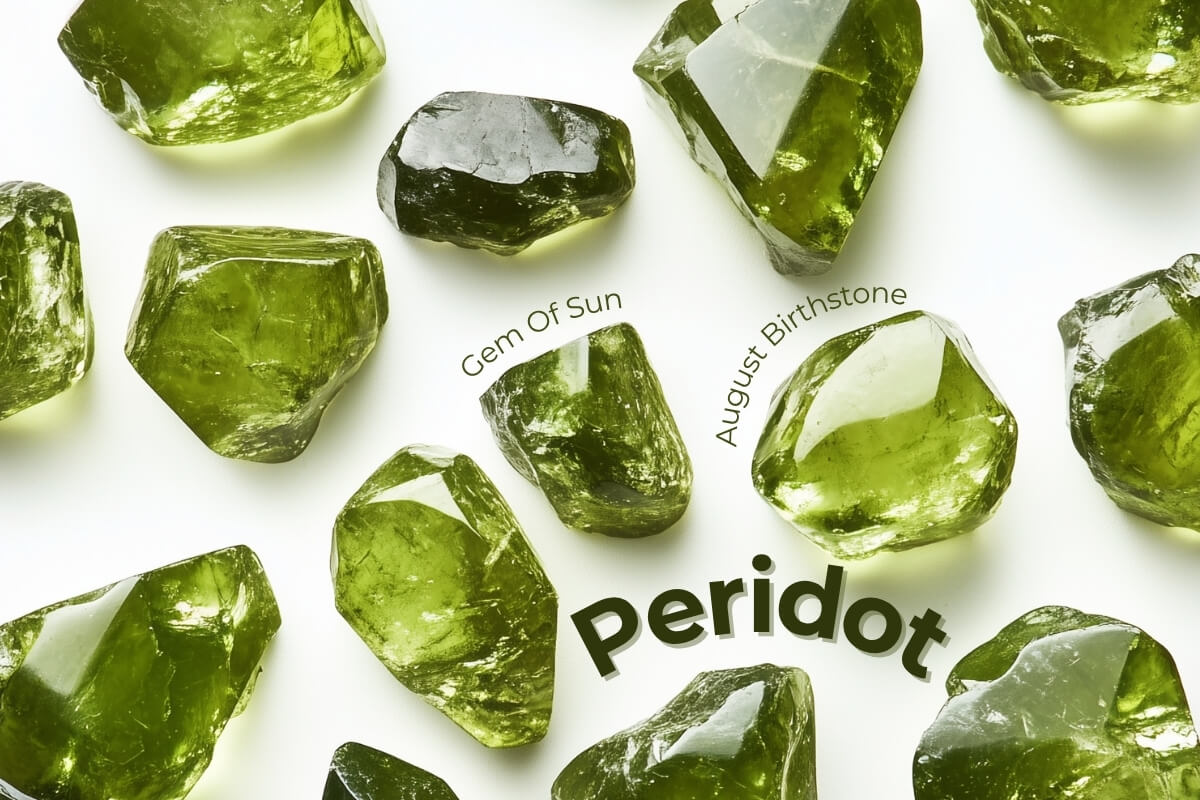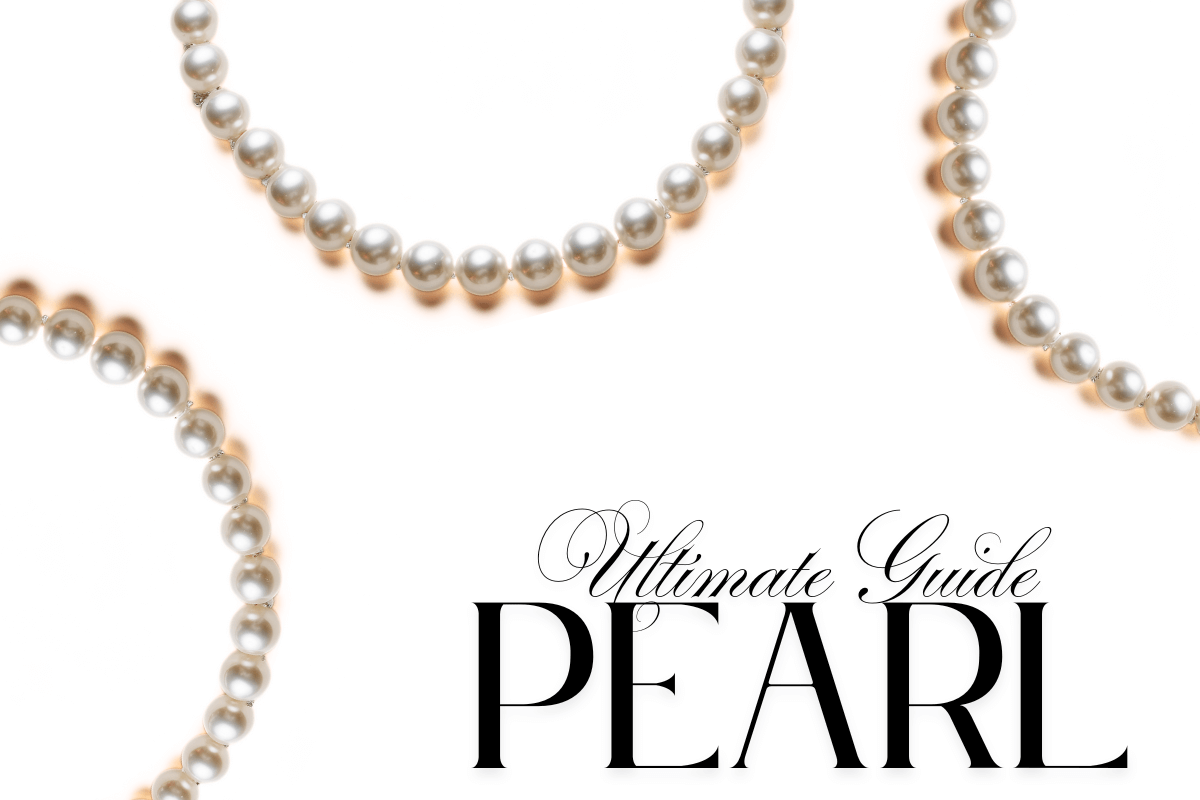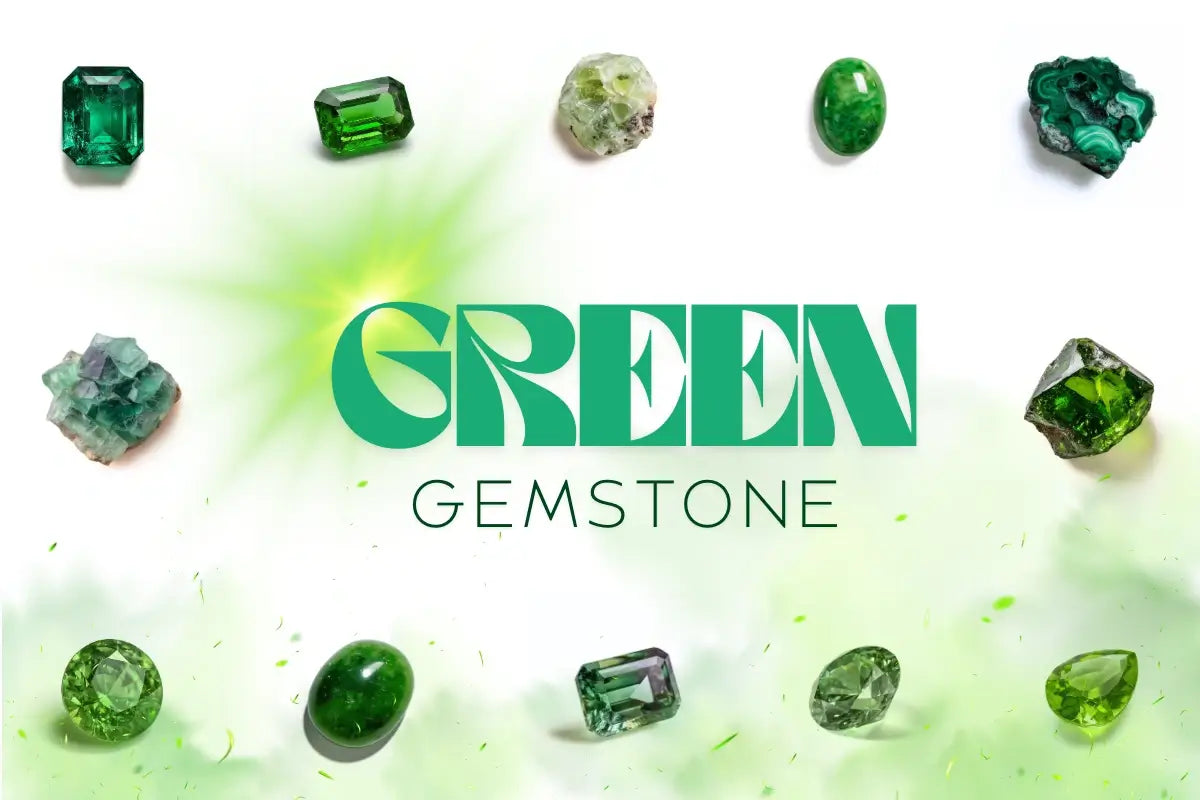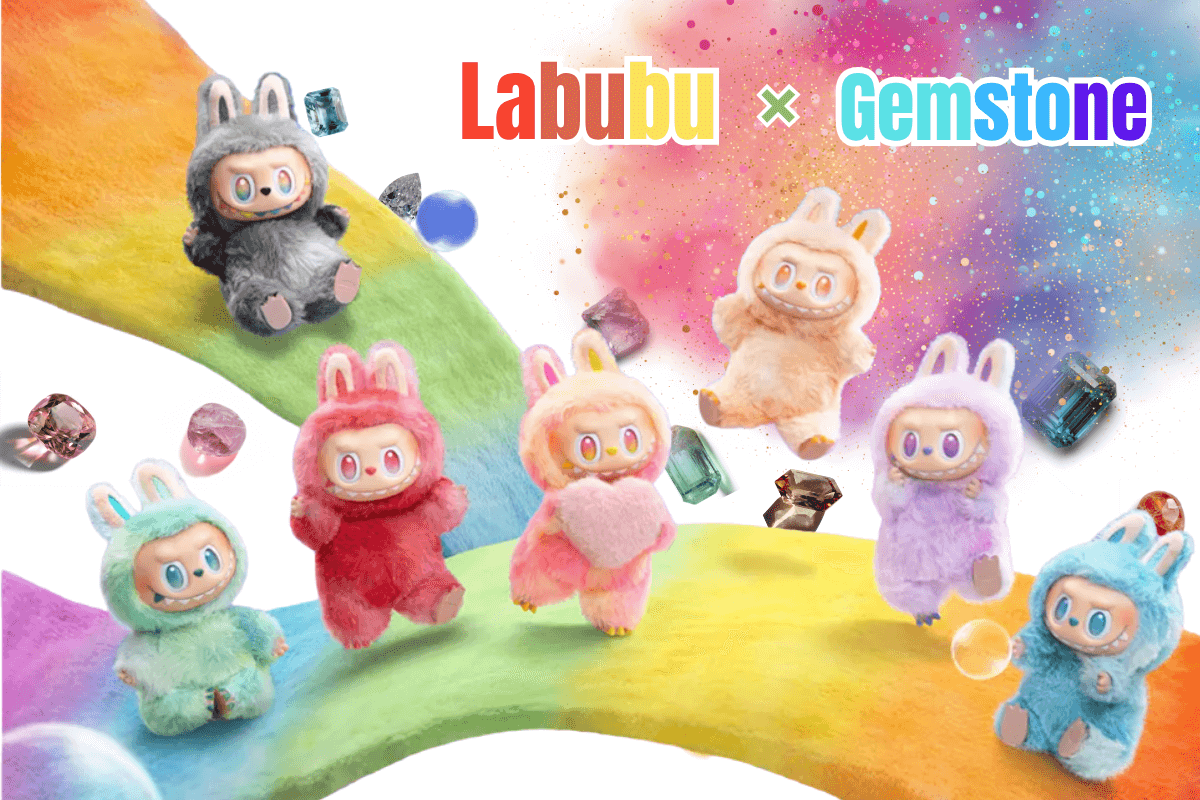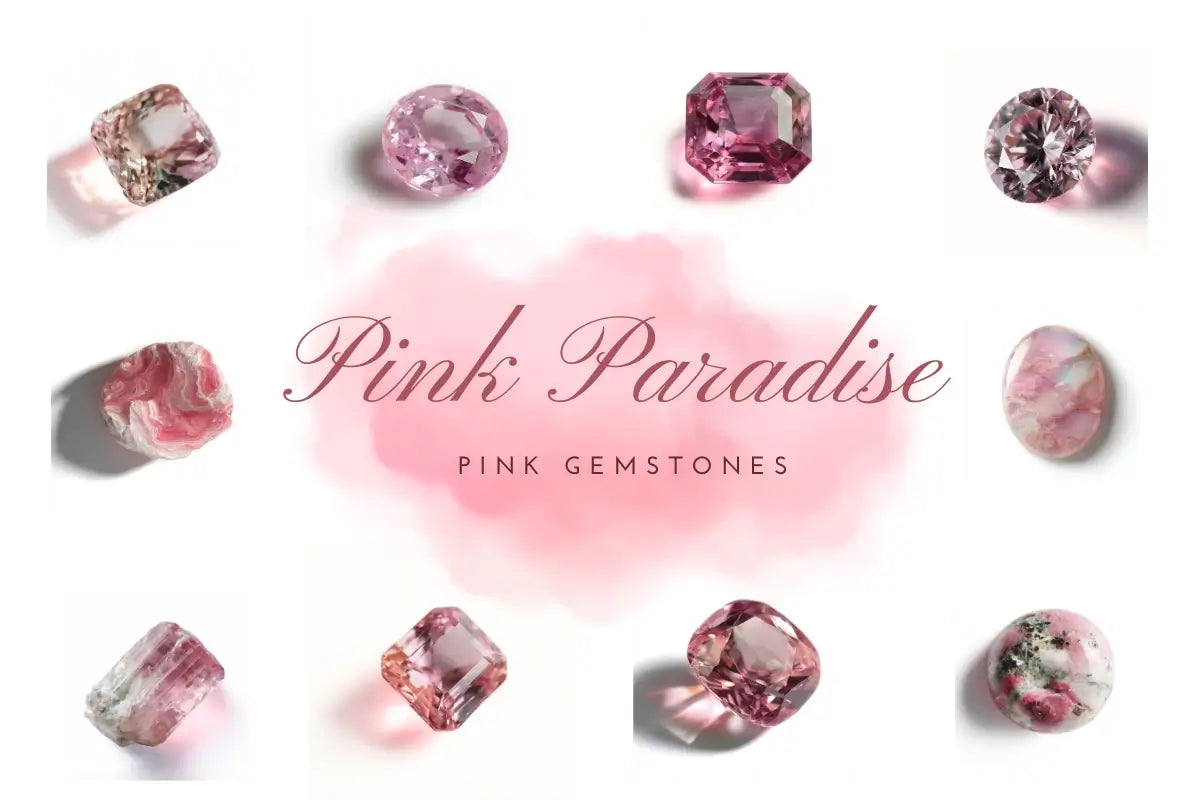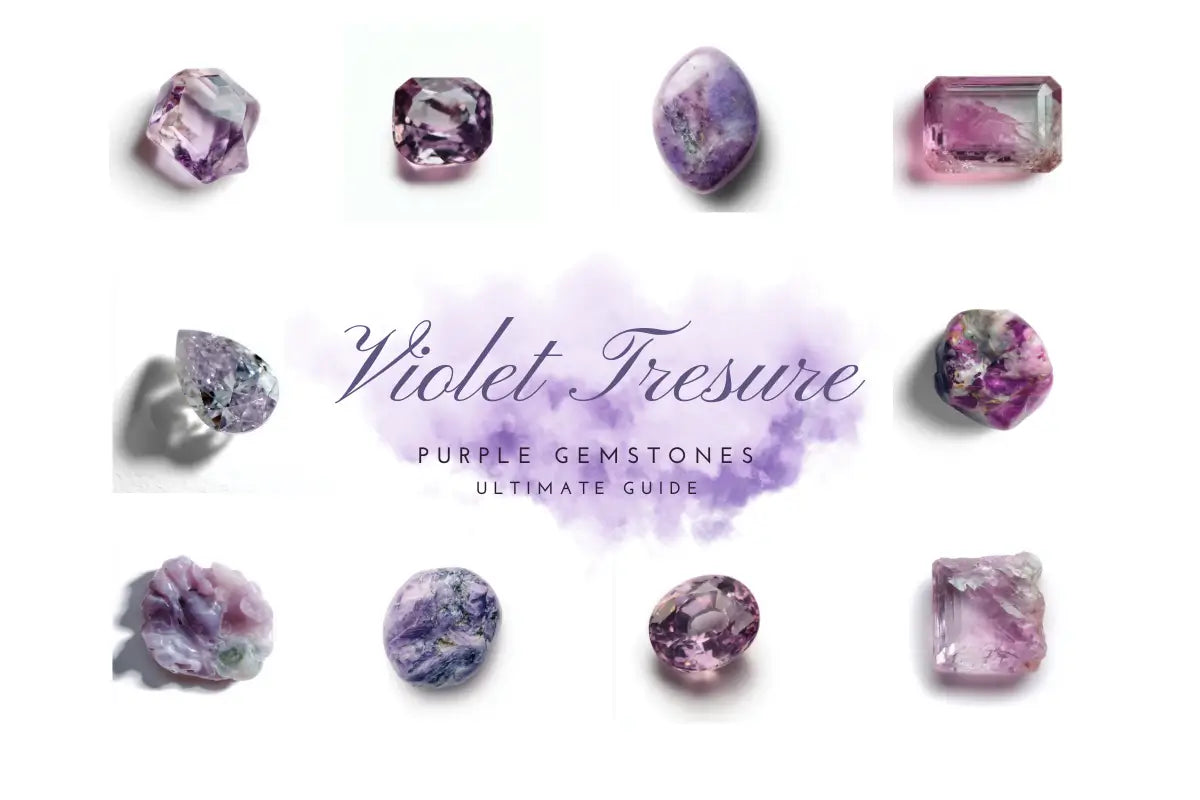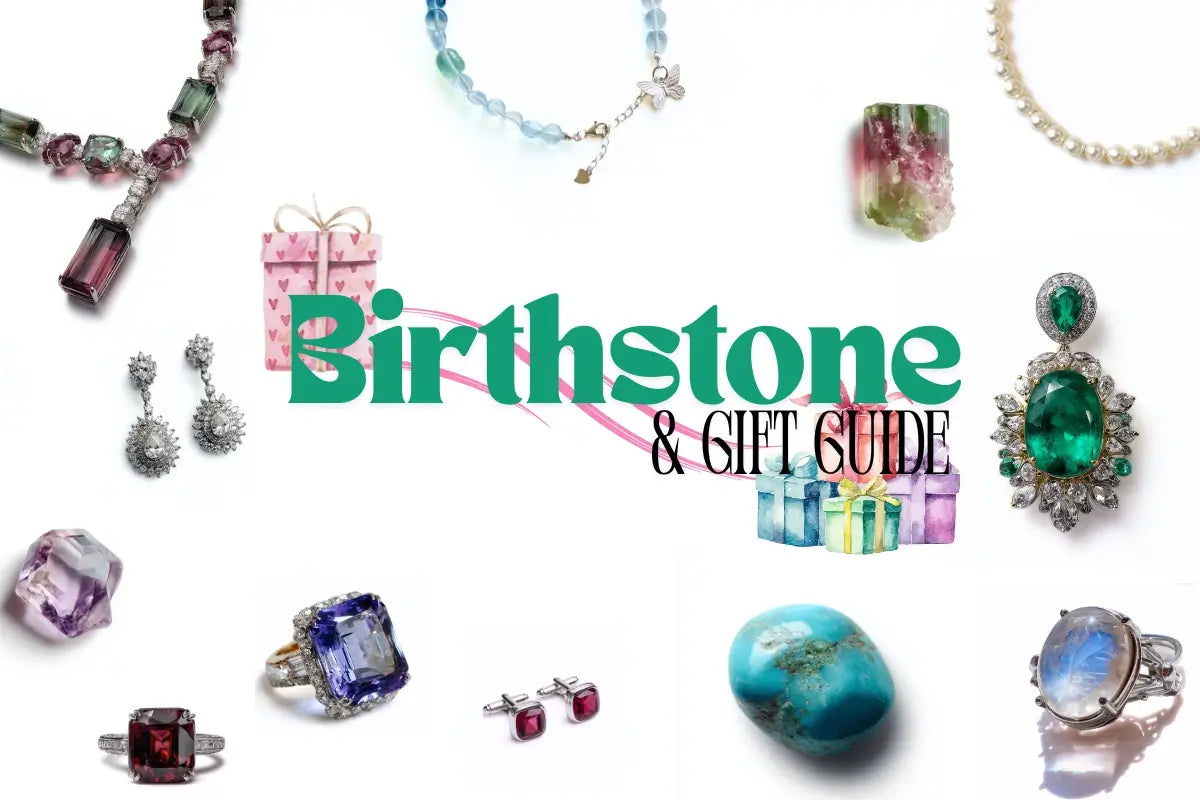The Five Elements: A Beginner's Guide to China's Ancient Energy System
If you've ever wondered, "What are the Five Elements?” you're not alone. Known as "Wǔ Xíng (五行)" in Chinese, this 3,000-year-old system—Wood, Fire, Earth, Metal, and Water—is more than just a list of natural materials. Think of it as a cosmic blueprint that explains how energy flows through everything, from seasons to human emotions.
Let’s demystify this ancient wisdom for modern life!
1. Origins: What Is the Five Elements Theory?
The Five Elements began as practical tools in daily life (Wood for building, Fire for warmth, etc.), but philosophers like Zou Yan (4th century BCE) transformed them into a symbolic system. By the Han Dynasty (206 BCE–220 CE), they became central to medicine, architecture, and even politics.
Key historical moments:
- Shang Dynasty (1600–1046 BCE): Linked to the concept of “Five Directions” (north, south, east, west, center), connecting geography to cosmic energy.
- Zhou Dynasty (1046–256 BCE): Rulers used the Five Elements to predict natural events like droughts and harvests.
- Modern Relevance: Still guides practices like acupuncture and feng shui.
2. What is Energy Balance: The Five Elements’ Secret Interactions
What are the Five Elements’ rules? Their magic lies in two cycles: creation (support) and control (balance).

- Creation Cycle (Nature’s Teamwork):
- Wood → Fire (Wood fuels fire, like logs in a campfire).
- Fire → Earth (Ash nourishes soil).
- Earth → Metal (Minerals form in the earth).
- Metal → Water (Metal tools condense water vapor, an ancient symbolic link).
- Water → Wood (Water feeds plant growth).
- Control Cycle (Nature’s Checks and Balances):
- Wood controls Earth (Tree roots stabilize soil).
- Earth controls Water (Soil absorbs floods).
- Water controls Fire (Water extinguishes flames).
- Fire controls Metal (Heat melts metal).
- Metal controls Wood (Axes cut trees).
This energy balance prevents chaos—too much Fire without Water leads to burnout, while excess Earth without Wood causes stagnation.
3. Find Your Element: What’s Your Energy Type?
What is your Five Elements profile? It's based on your birthdate, calculated through a “Bazi” (八字) chart. Here's a quick guide:
Day Master Element:
Use a free online Bazi calculator (e.g., Chinese Bazi Calculator | Four Pillars of Destiny ). Your birth day's "heavenly stem" determines your core element (e.g., "甲" = Wood).
Imbalances:
If your chart lacks Water, you might struggle with stress. Too much Fire? You could be quick-tempered.
Example: A Metal-dominant person might wear Water-element jewelry (blue gems) to balance excess rigidity.
4. Jewelry Hacks: Match Your Element
What are the Five Elements’ best jewelry matches? Use gems to harmonize your energy:
|
Element |
Gemstones |
Why It Works |
|
Wood |
Green Jadeite, Peridot etc. |
Encourages growth and calmness. |
|
Fire |
Rose quartz, red agate, Amethyst, Rhodonite etc. |
Fuels passion without burnout. |
|
Earth |
Amber, Citrine, Lemon quartz etc. |
Grounds emotions and boosts confidence. |
|
Metal |
White crystal, Pearl, Silver etc. |
Sharpens focus and clarity. |
|
Water |
Aquamarine, Kyanite, Amazonite etc. |
Reduces stress and enhances intuition. |
Avoid: Don’t overdo your dominant element. Too much Fire jewelry (e.g., red gems) might amplify impulsivity!
5. Why the Five Elements Matter Today
From urban planning to wellness routines, the Five Elements teach balance. Modern science echoes this:
- Forest bathing (Wood): Studies show it lowers cortisol levels.
- Hydration (Water): Adequate water intake improves cognitive function.
Whether you’re decorating your home or choosing a piece of jewelry, this ancient system helps align with nature’s rhythms.
References
- Historical sources: Book of Documents (《尚书》) , Zhou Dynasty records.
- Element interactions: Han Dynasty medical texts , modern ecological studies .
